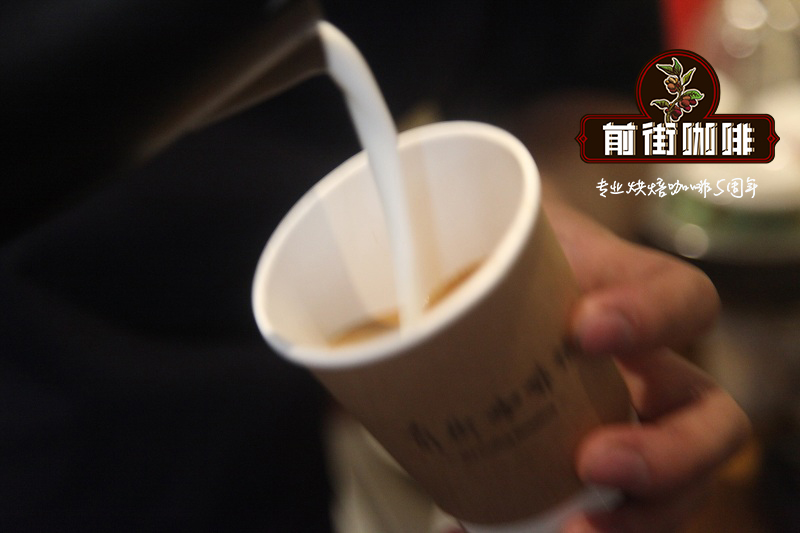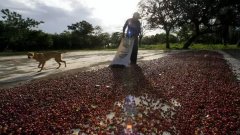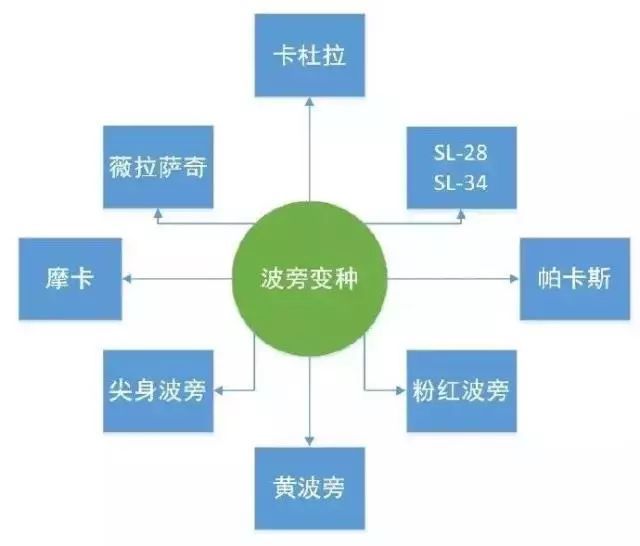How to make Vietnamese egg coffee Vietnamese egg coffee taste Vietnamese egg coffee good to drink?

Professional coffee knowledge exchange more coffee bean information please follow the coffee workshop (Wechat official account cafe_style)
In Vietnam, cafes can be found everywhere, ranging from simple vendors to high-end drinking houses. In addition, Vietnamese cafes must have seats, from simple chairs to high-end sofas. Because the Vietnamese have long been accustomed to sitting down and drinking slowly in cafes, they seldom take them out to their workplaces, and they seldom drink while working (although they have gradually emerged recently). This feature can be explained by the habit of consuming coffee. In contrast to tea, the place where you drink coffee is different. Vietnamese often drink tea at home (Vietnam doesn't seem to have a teahouse), but they have to go to a cafe to drink coffee. Because, in Vietnamese hearts, coffee is not only a refreshing drink, but more importantly: drinking coffee means: gathering, communication and heart-to-heart talk. In Vietnam, it seems that all the occasions that need to meet, from business to personal affairs, are discussed in cafes. Therefore, when it comes to having coffee, you don't have to drink coffee when you get to the coffee shop. Even having coffee between a man and a woman is a synonym for dating.
There is no doubt that Vietnam is a major producer of coffee, mainly concentrated in the central Xiyuan volcanic laterite plateau at an altitude of about 500m to 1100 m. More than a hundred years ago, the French found that the soil and climate here were suitable for the production of coffee, so they brought the seeds of this high-end drink here, and the development of coffee farms spread one after another throughout the central mountains, and the output was also considerable. The coffee trees in Vietnam are very different from those in Taiwan, where there are few fruits. In addition, the rich aroma and nectar of pure white coffee flowers also produce another coffee additional product-coffee flower honey. Since coffee beans are produced locally, they can of course be bought at a cheaper price, but coffee is still unaffordable for ordinary people like the expensive brewing utensils used by the French colonists.
However, for the Vietnamese people, it is a pity that this kind of drink, which is deeply rooted in Western food culture, should not be drunk. Since the beginning of the 20th century, clever Vietnamese have developed various methods and tools for making coffee. From coffee bags and socks in overseas Chinese noodle shops like making tea one pot at a time to phin coffee (a special metal filter) brewed by individuals, drinking utensils have evolved from drinking coffee from plates to glasses to high-grade porcelain. At the same time, coffee ingredients are also constantly innovating. Because fresh milk is rare (Vietnam does not raise dairy cows) and it is not easy to preserve it in a hot climate, we switch to condensed milk; without high-grade fresh cream, we come up with egg coffee full of milk foam. Coffee drinking places also follow the Mediterranean and Italian style, and generally prefer the casual style of drinking coffee and chatting while drinking coffee on the street side, so you can find a cup of delicious coffee everywhere from the street side to the high-end restaurant, from the civilian to the rich. You can enjoy coffee anytime, anywhere. The above four developments have also made coffee a national drink for the Vietnamese, a drink that everyone can afford and can enjoy everywhere, which also makes the drinking style of coffee in Vietnam unique.
Since the beginning of the 20th century, clever Vietnamese have developed various methods and tools for making coffee. From filter bags of coffee and sock coffee in overseas Chinese noodle shops like brewing tea one pot at a time to phin (a special metal filter) coffee brewed by individuals.
In this country that is madly in love with coffee, "Egg and Coffee" doesn't seem so unexpected, and it is most famous for its egg coffee in Hanoi.
Egg yolk and condensed milk are added to black coffee, which tastes like Tira Misu mixed with cappuccino. I heard that this kind of egg coffee began in the 1940s, when milk was a luxury and eggs became a cheap substitute.
It sounds like a curiosity, but existence is reasonable. Maybe we can make one by ourselves and try it!
[basic materials] for making Vietnamese egg coffee
Coffee
Egg * 1
1 tablespoon of sugar
Condensed milk * 1 tablespoon
1 tablespoon of milk
A coffee cup and a platter
Vietnam Egg Coffee [production method]
Step 1: prepare a cup, put it into a shallow dish, and add hot water to the plate.
This action is the final help to ripen the flavor of the material that will be mixed below.
Step 2: make a cup of Vietnamese coffee
Vietnamese coffee or your favorite coffee, preferably Robasta coffee, can taste the bitterness of coffee and the sweetness of egg coffee at the same time.
Step 3: prepare the yolk
Separate the egg whites from the yolks and install the yolks separately.
Step 4: mix the egg yolk with 3-5 of the material
After mixing, stir well and beat until foamy and sticky.
Step 5: first pour half a cup of coffee into the coffee cup
Add the mixture in step 4 and stir evenly.
Step 6: pour the remaining half cup of coffee into a warm coffee cup
After mixing evenly, the egg coffee is finished.
It tastes like a milkshake!
Important Notice :
前街咖啡 FrontStreet Coffee has moved to new addredd:
FrontStreet Coffee Address: 315,Donghua East Road,GuangZhou
Tel:020 38364473
- Prev

100-year-old Arida Manor-Solar Iron pickup Fine Coffee taste characteristics sharing of brewing parameters
Professional coffee knowledge exchange more coffee bean information please follow Coffee Workshop (Wechat official account cafe_style) Panama Elida Estate Panama Alida Manor producing area: Panamanian Poquet Manor: Alida Manor elevation: 1850 meters breed: tin truck treatment method: sun 01 | production area introduction Poquet Boquete is Chiriki province C.
- Next

Bourbon variety | introduction to the flavors of Pacamara, Kaddura, Kaduai and Sachimo
Professional coffee knowledge exchange more information about coffee beans Please follow the coffee workshop (Wechat official account cafe_style) bourbon is as old as tin pickup. Bourbon: a variety of early (prehistoric coffee) iron pickups that changed from a thin tip to a round shape after being transplanted to Yemen. In 1715, France transplanted round beans from Yemeni mocha to the east coast of Africa.
Related
- Beginners will see the "Coffee pull flower" guide!
- What is the difference between ice blog purified milk and ordinary milk coffee?
- Why is the Philippines the largest producer of crops in Liberia?
- For coffee extraction, should the fine powder be retained?
- How does extracted espresso fill pressed powder? How much strength does it take to press the powder?
- How to make jasmine cold extract coffee? Is the jasmine + latte good?
- Will this little toy really make the coffee taste better? How does Lily Drip affect coffee extraction?
- Will the action of slapping the filter cup also affect coffee extraction?
- What's the difference between powder-to-water ratio and powder-to-liquid ratio?
- What is the Ethiopian local species? What does it have to do with Heirloom native species?

